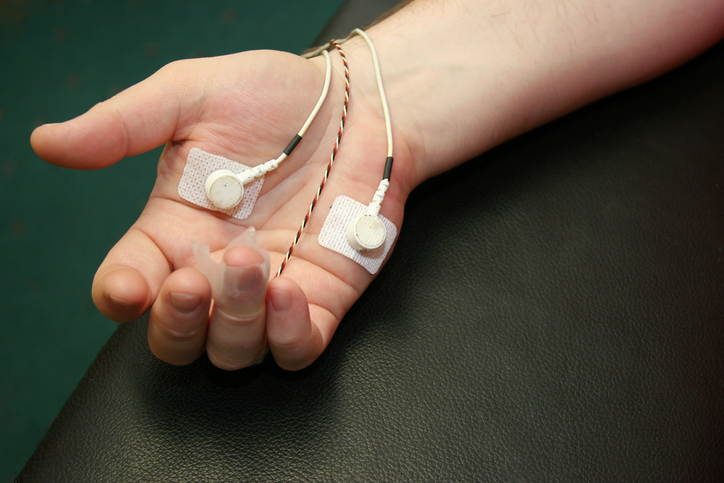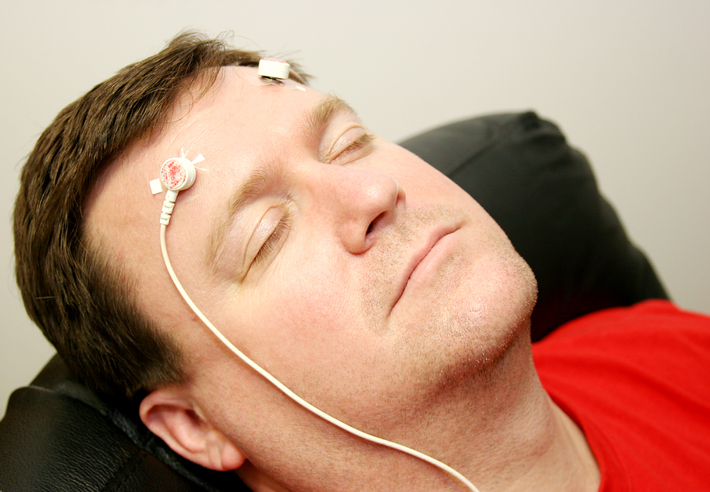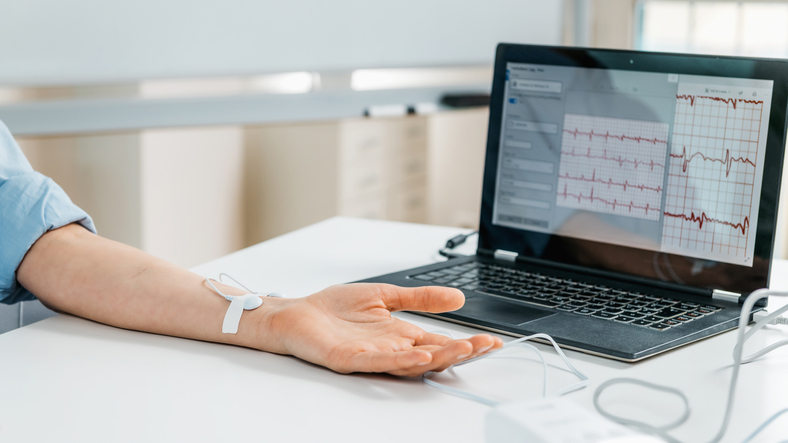Treatments
What Is BioFeedback?

What is Biofeedback?
Biofeedback is a technique in which an individual can learn to control specific bodily functions such as heart rate, breathing, muscle contractions, and brainwaves.
It can help an individual learn to relax muscles or reduce pain. Biofeedback can be ideal for individuals who are looking for a noninvasive, medication-free treatment.
Biofeedback is based on the idea that the mind can influence body functions that are not generally under ones' conscious control. An individual will be able to change how their body reacts to stressors or other stimuli (i.e. pain) with proper techniques.
Types of Biofeedback
- Breathing
- Heart Rate or Heart Rate Variability
- Temperature or Peripheral Blood Flow
- Sweat Gland Activity
- Muscle Tension and Dysfunction
- Electrical Activity in the Brain
Which type of biofeedback would be best for each individual and their condition is different. Individuals should speak with a treatment provider to determine which would be best for them.
How Does Biofeedback Work?
Biofeedback training typically starts at a doctor, therapist, or physiotherapist’s office. The therapist will decide which type of biofeedback is appropriate for the individual. The therapist will connect the individual to sensor(s) which will monitor the type of physical responses such as breathing, heart rate, etc.
First Stage:
The therapist will teach the individual techniques to help control the physical response in question. Individuals and therapist can see how this is working as they both can see the feedback from the sensor(s). This will continue until the individual has a grasp on what they need to do to control the function in question.
Second Stage:
As the individual understands how to control the physical response better, the therapist will move from teaching to coaching. The therapist will coach the individual to reach certain goals related to the physical response. For example, to reduce their heart rate by 2 beats per minute.
It can take multiple sessions, with a session lasting anywhere from 30 to 60 minutes for the individual to do well enough to progress from one stage to the next. Once an individual is successful at using biofeedback to control their physical response, the next step is for the individual to use biofeedback in their everyday life without any feedback from sensors.
There are some at-home products now available for certain types of biofeedback, such as heart rate.
Examples of Conditions That Biofeedback Is Used For Include:
- Constipation
- Irritable Bowel Syndrome
- Raynaud's Phenomenon & Syndrome
- Chronic Pain
- Stress
- Anxiety
- Muscle Spasms
- Back Pain
- Lower Back Pain
Finding a Biofeedback Therapist
Tips for finding a qualified therapist include:
- Look for a therapist who has been practicing biofeedback for several years
- Ask the therapist if they have worked with chronic pain individuals
- Ask the therapist if they know of your specific type of chronic pain
- Ask the therapist about their specific training in biofeedback, (i.e. Where did they get trained?, How many hours of training?)
- Ask about specific certification in biofeedback ( i.e. Do they have a Certificate and where is it from?)
- Ask if they belong to any professional groups, such as Biofeedback Certification International Alliance


















